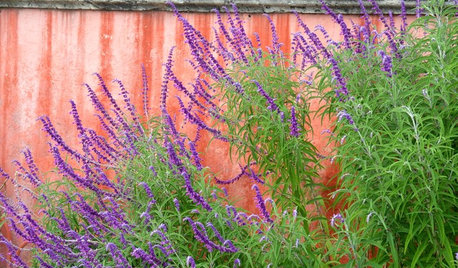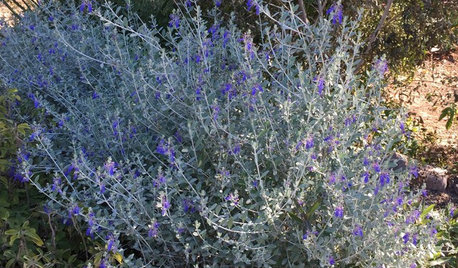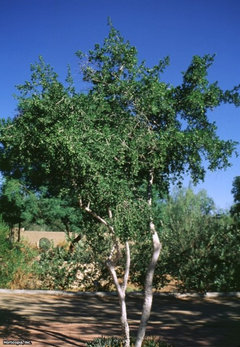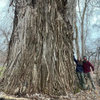fast-growing,drought-tolerant trees for Italy (zone 8?)
bart_2010
10 years ago
Featured Answer
Comments (18)
ken_adrian Adrian MI cold Z5
10 years agolast modified: 9 years agoRelated Professionals
Ballwin Landscape Architects & Landscape Designers · Harvey Landscape Architects & Landscape Designers · Arlington Landscape Contractors · Frisco Landscape Contractors · Barrington Landscape Contractors · Las Vegas Landscape Contractors · Mission Bend Landscape Contractors · Pleasant Prairie Landscape Contractors · Pompano Beach Landscape Contractors · Thornton Landscape Contractors · Tigard Landscape Contractors · Tustin Landscape Contractors · West Chicago Landscape Contractors · Cedar Park Siding & Exteriors · Chandler Decks, Patios & Outdoor Enclosuresbart_2010
10 years agolast modified: 9 years agoHuggorm
10 years agolast modified: 9 years agobart_2010
10 years agolast modified: 9 years agohoovb zone 9 sunset 23
10 years agolast modified: 9 years agofloral_uk z.8/9 SW UK
10 years agolast modified: 9 years agoblakrab Centex
10 years agolast modified: 9 years agoscotjute Z8
10 years agolast modified: 9 years agoblakrab Centex
10 years agolast modified: 9 years agobart_2010
10 years agolast modified: 9 years agoblakrab Centex
10 years agolast modified: 9 years agomelissa_thefarm
10 years agolast modified: 9 years agobart_2010
10 years agolast modified: 9 years agoscotjute Z8
10 years agolast modified: 9 years agomelissa_thefarm
10 years agolast modified: 9 years agobart_2010
10 years agolast modified: 9 years agoHU-360017561
6 days ago
Related Stories

GARDENING GUIDES10 Drought-Tolerant Shrubs That Thrive in Full Sun and Reflected Heat
Got a hot spot in your garden where plants often die? Try these tough shrubs that add beauty while shrugging off the heat
Full Story
GARDENING GUIDES10 Plants for Colorful Fall Blooms in the Drought-Tolerant Garden
Want fall color but not a big water bill? Consider these not-too-thirsty fall bloomers
Full Story
GARDENING GUIDESGreat Design Plant: Teucrium Fruticans for Drought-Tolerant Gardens
The silvery-gray foliage and blue flowers of this Mediterranean native stand out in low-water landscapes
Full Story
LANDSCAPE DESIGNFlood-Tolerant Native Trees for Soggy Soil
Swampy sites, floodplains, even standing water ... if you've got a soggy landscape, these trees are for you
Full Story
GARDENING GUIDESGrow Your Own Privacy: How to Screen With Plants and Trees
Use living walls to lower your home and garden's exposure while boosting natural beauty in your landscape
Full Story
GARDENING GUIDES8 Plants That Snobs Love to Hate — and You'll Love to Grow
Don't dismiss these common annuals, perennials and shrubs — there are reasons they've been popular for so long
Full Story
EDIBLE GARDENSHow to Grow 10 Favorite Fruit Trees at Home
Plant a mini orchard in fall, winter or early spring to enjoy fresh-off-the-tree fruit the following year
Full Story
GARDENING GUIDESYes, You Can Grow an Edible Garden on a Hot, Dry Site
Difficult garden spots don’t need to deter you from planting trees, herbs and other delicious food plants
Full Story
FRUIT TREESHow to Grow Your Own Persimmons
Sturdy and easy to care for, these trees offer bright fruit through winter — and keeping them in bounds is no sweat
Full Story
GARDENING GUIDES9 Low-Growing Hedges That Make Good Neighbors
Define garden areas or borders without blocking the view, with these evergreen shrubs that take kindly to trimming
Full StorySponsored
Columbus Area's Luxury Design Build Firm | 17x Best of Houzz Winner!
More Discussions









hoovb zone 9 sunset 23